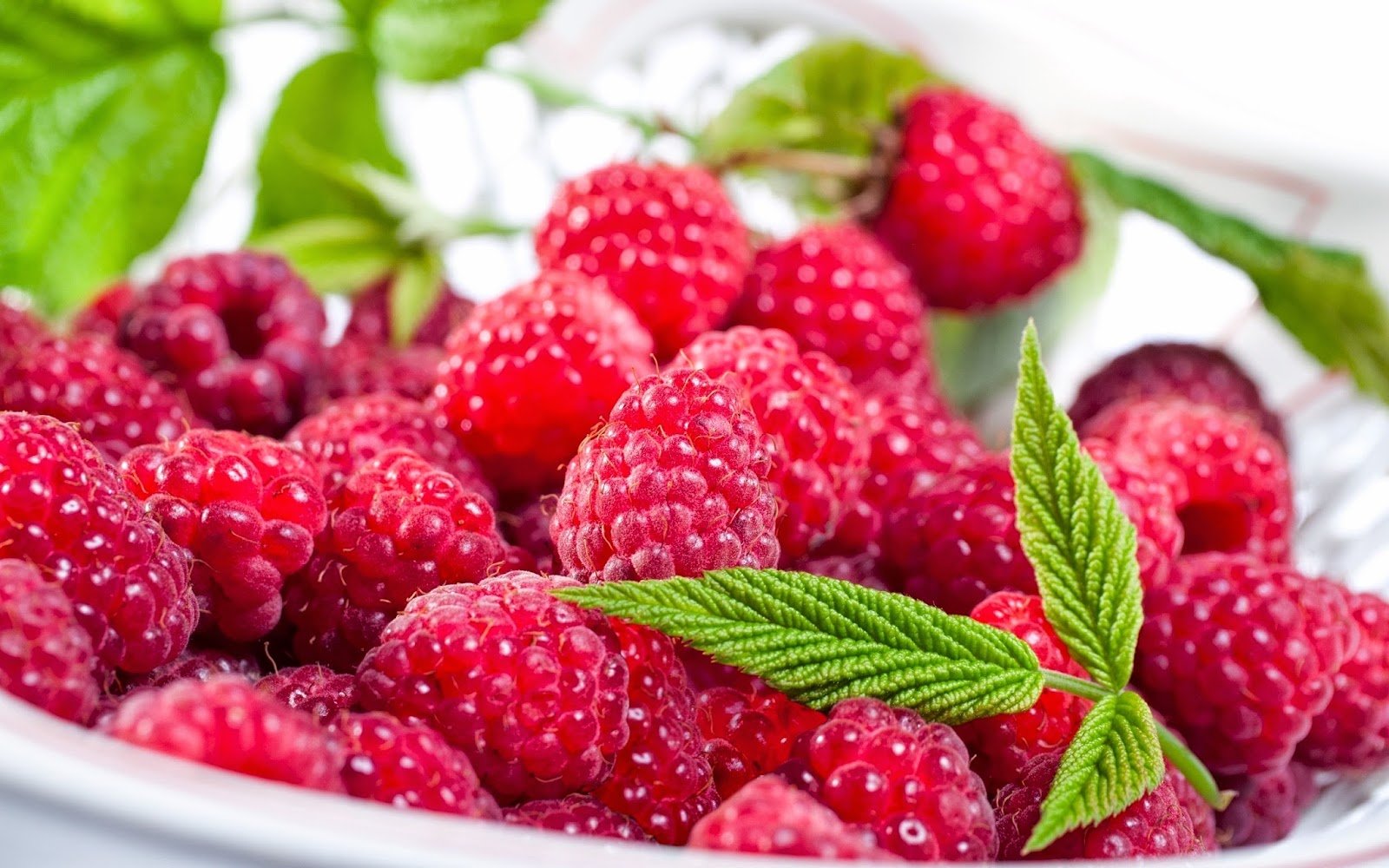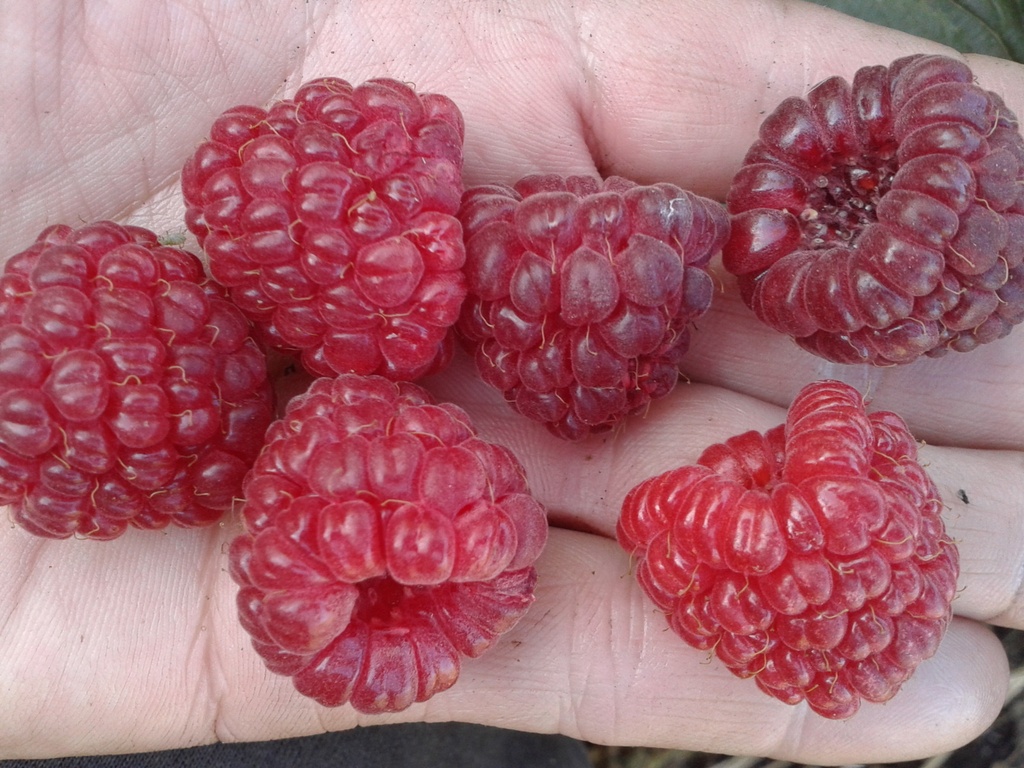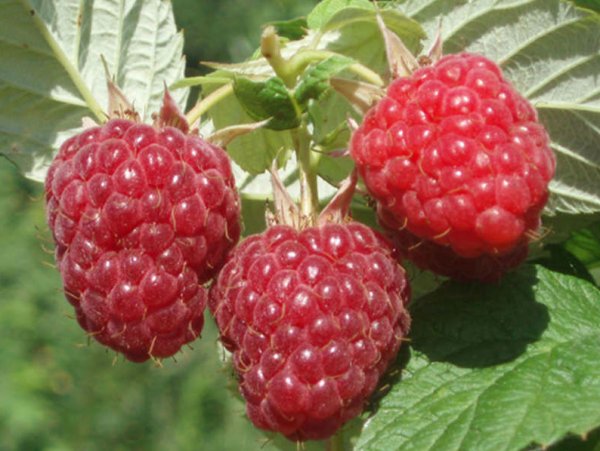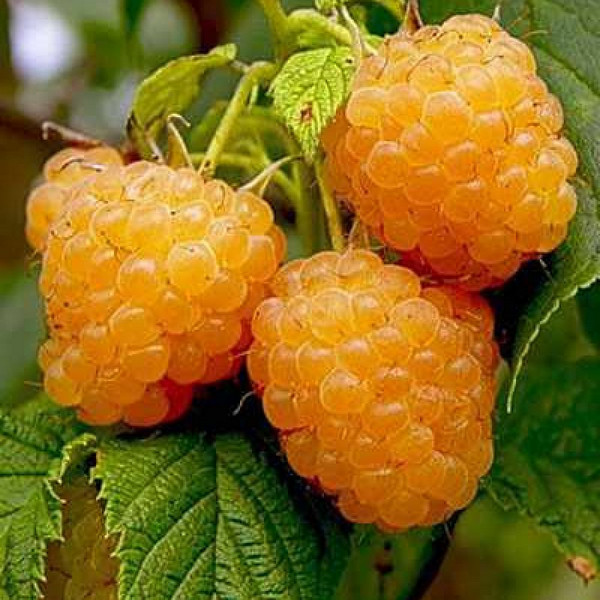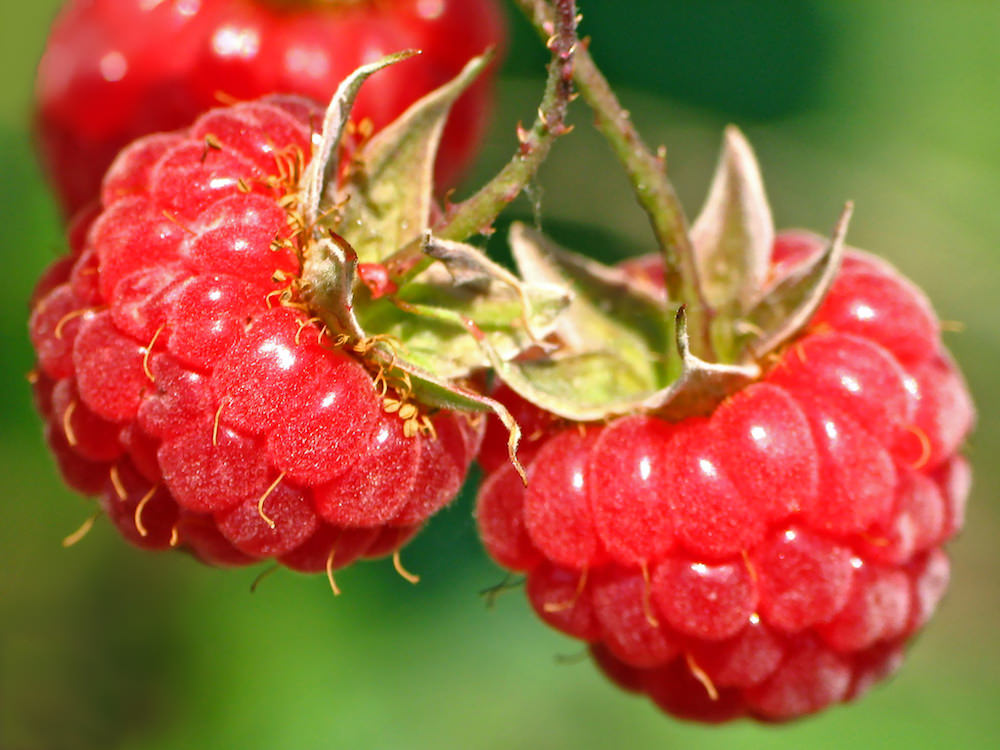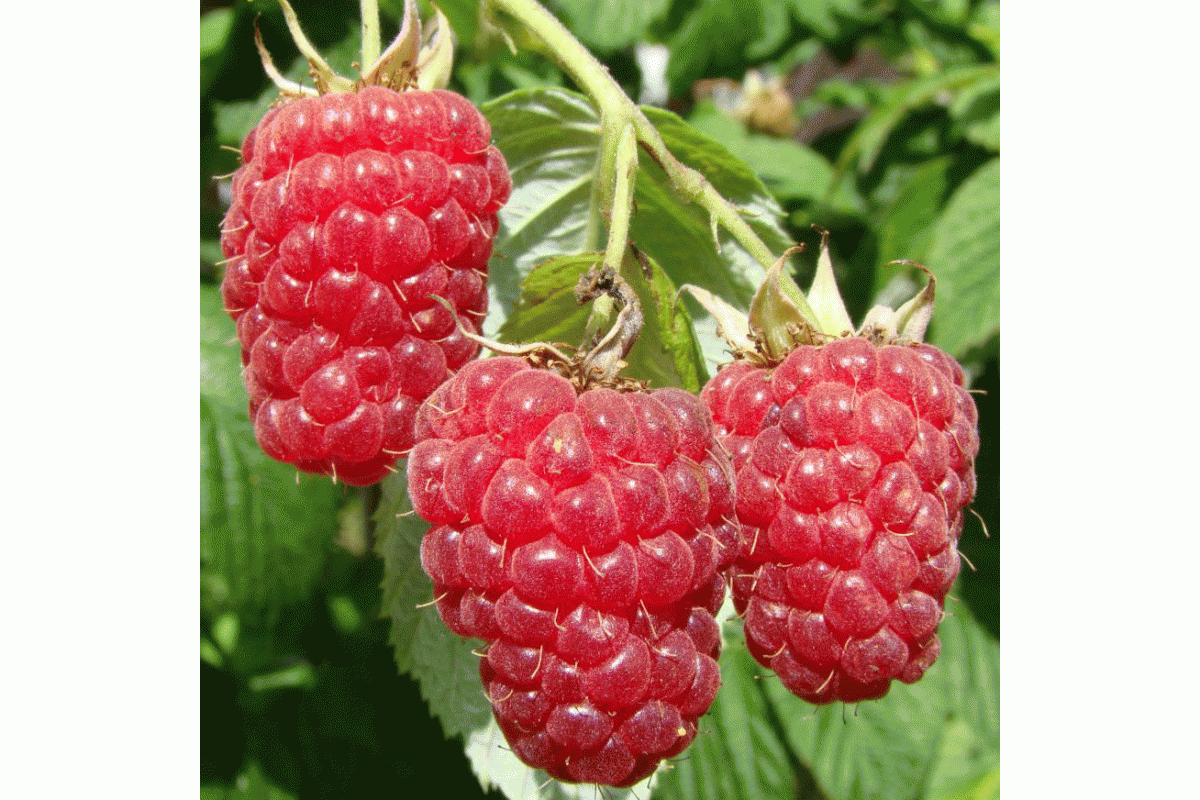Content:
For the Central regions of the country, breeders have bred a late-ripening raspberry variety called the Firebird. The nutritional composition of the berries turned out to be so healing that the variety was included in the State Registers as especially valuable.
Characteristics of the specified raspberry variety
Raspberry Firebird is an industrial berry - it is actively grown for sale in frozen and processed form. Summer residents prefer fresh culture.
This variety attracts by the fact that its bushes are compact, and the yield is high.
Every gardener with a small plot has already appreciated the convenience of this variety - the small size of the plant allows you to equip an extensive berry garden on 6 acres.
A remontant species is grown from annual shoots. Already in the first year, the bush is overgrown with a large number of lateral branches, reaching a height of 2 meters. The plant has small pubescent leaves, framed by a jagged border. Small soft spines cover only the lower part of the branches, and the fruiting areas have a waxy coating.
The main characteristics of the variety can be represented by the following list:
- the fruiting area of the stem is more than half of its length;
- the plant is quite resistant to pests and diseases;
- a distinctive feature of the variety is useful shoots; the bush produces up to 8 replacement stems with 3 branching orders every year;
- the bush has no superfluous growth - each branch bears fruit; this frees gardeners from the need to do thinning;
- conical fruits live up to their name - their bright glossy color attracts attention;
- the weight of each berry is about 4.5-6 g, which allows you to take up to 2 kg of harvest from the bush (or 13.5 t / ha);
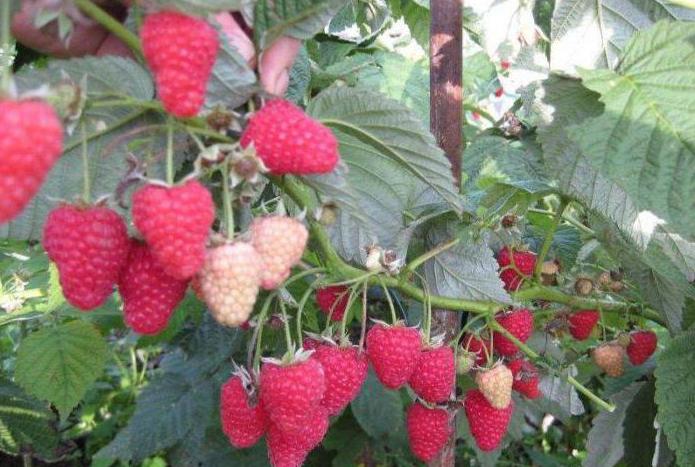
Bountiful harvest
- ripe berries do not crumble, so gardeners are not particularly in a hurry to harvest;
- the density of the drupe protects the fruits from wateriness in the rainy season;
- due to its elasticity, it perfectly withstands malina and transportation, without losing its presentation;
- juicy fruits have a rich raspberry flavor, characterized by great sweetness, which is not spoiled by a little sourness.
Additional Information. One berry contains up to 5.7% sugars and only 1.75% acid. And according to the content of vitamin C (44.6 mg), the culture is a good immune-strengthening agent.
Ripening of berries occurs in the second half of August, but this period can be shifted a month earlier if the soil is covered with mulch or agrotechnical film around the seedlings in spring.
Note! Another feature of the variety is self-fertility. In other words, this berry does not need pollinators.
Description of the raspberry variety Firebird includes disadvantages. First of all, gardeners are not satisfied with late fruiting, therefore it is unrealistic to grow this crop in the northern regions. But residents of the central and southern regions have already appreciated the merits of the berry.
But too hot dry summer is undesirable for this variety. Lack of moisture will affect the size of the berry and low yield. Drip irrigation will help to solve this problem.
Care features
As with any other variety, agricultural technology is of great importance when growing the Firebird. The yield and juiciness of the fruit directly depends on this.
Landing site
Growing the Firebird begins with choosing a place "under the sun":
- the land must be fertile and sufficiently saturated with organic compounds;
- if the type of soil has increased acidity, preliminary liming is carried out (before digging);
- you should pay attention to the depth of groundwater - it should be at least 1.5 m from the earth's surface;
- choose an area well-lit by the sun, but in the heat, light shading will be needed;
- the berry must be protected from the winds.
Important! Before starting the breakdown of the raspberry tree, the site is freed from weeds and rhizomes.
In the central zone of Russia, it is recommended to plant the Firebird in the spring. But for this, the wells will have to be prepared in advance, by adding mineral and organic fertilizers in the fall (a third of a bucket of humus, a glass of ash or potassium sulfate with superphosphate - 1 tablespoon each), which are then sprinkled with earth. In the southern regions, it is preferable to plant raspberries in the fall.
Landing
After the site is prepared, the method is chosen according to which the planting will be carried out. Gardeners use 2 main schemes:
- bush resettlement provides for intervals between seedlings of 1.5 m with row spacing of at least 2.5 m;
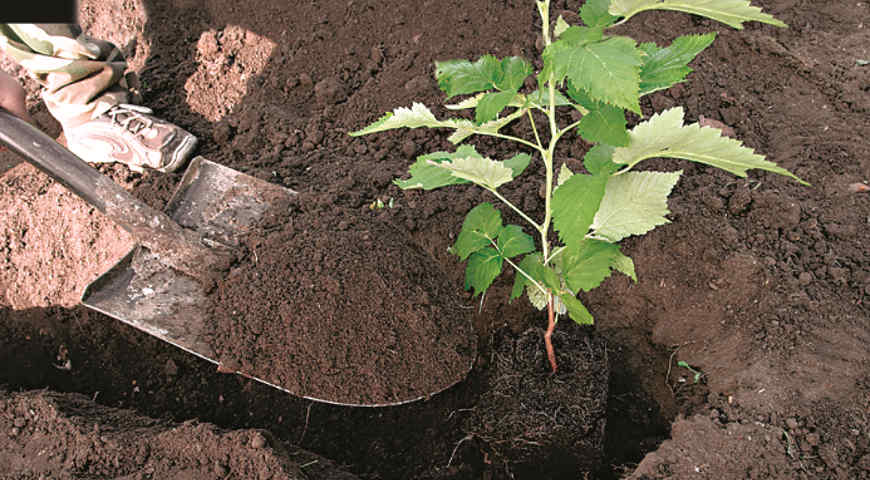
Bush planting method
- with the trench method, it is enough to leave half a meter between the bushes; this is enough for each plant to give 5 shoots; in subsequent years, it is recommended to carry out thinning so that the berry does not overgrow, trying to leave up to 10 shoots for each running meter.
Important! To provide a sufficient amount of light for the fruits, the berry is placed from north to south.
About half an hour before planting the seedlings, their roots must be thoroughly saturated with water. After that, the plants are placed in holes or trenches at the very root collar. Immediately, the ground part is trimmed, leaving only 30 cm of the bush.
Half a bucket of water is poured under each plant and the soil around the seedlings is mulched with compost, straw or peat up to 10 cm thick.If planting is carried out in the fall, then it is better to close the mulch into the ground. This will provide additional nutrition to the roots before wintering.
Trimming
From the second year of cultivation, the Firebird is actively pruned, pursuing various goals:
- to get larger fruits, from spring they make light pruning of the tops on the shoots;
- in the spring they carry out sanitary pruning, removing weak, damaged and diseased shoots; if only the tops are frozen over the winter, then the branches need not be cut off completely, but to healthy buds;
- in the fall, shoots are often mowed down completely, without even leaving hemp; this frees the gardener from having to wrap the berry for the winter.
Full pruning before cold weather will help destroy pathogenic microbes and harmful insects, depriving them of wintering conditions. But in the central regions they try to partially shorten the bushes in the fall - this allows you to retain snow on the site, creating a good shelter for the roots.
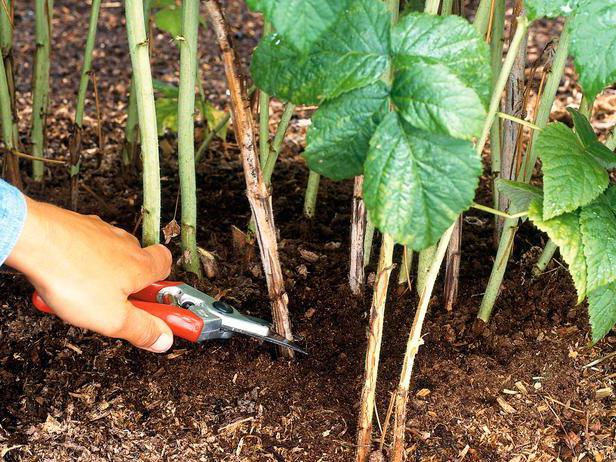
Raspberry pruning
As for the timing of pruning, the spring ones fall in the second half of April, when the buds begin to swell. During this period, it is easier to identify damaged shoots. As an additional event, pinching of the tops of the stems is carried out in May. This will ensure long-term fruiting.
Autumn pruning is carried out after full harvest - in October-November (depending on the region). Annual shoots can be shortened up to 3 cm above soil level. This will ensure a high harvest for the next year.
Garter
Although the raspberry bush is compact, the shoots, curling, intertwine with each other. This interferes with harvesting and makes it difficult to care for the plants. Therefore, one cannot do without support here. The total height of the post is 1.7-2 m. When driving in wedges for a garter, take into account the following moment: the shoots should not crawl out more than 20 cm beyond the support. Otherwise, the branches will break under a strong wind.
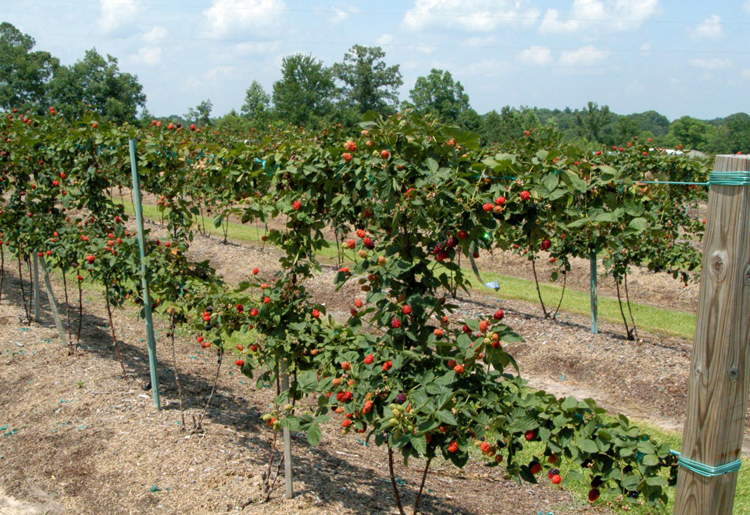
Trellis garter
With tape planting, the trellis is installed along the entire trench on both sides. Between the supports, a wire is stretched in 3 rows, to which the shoots must be tied. The bottom row is located half a meter from the ground. The branches are tied to the wire horizontally at intervals of 15-20 cm.
Note! If the planting was bush, then the post is driven in the middle of the bush, and all branches are tied to it.
Top dressing
The nature of the dressing for this variety is no different from the standards. As soon as the snow melts, nitrogen fertilizers (for example, urea) are applied under the bushes. This stimulates the growth of shoots. The mineral complex is introduced into the soil twice: before budding and during the formation of ovaries.
Fight against pathogens
Caring for this variety (as well as for other crops) includes the fight against diseases and pests. Full pruning in the fall prevents insects from multiplying near the bush, but parasites can take refuge in fallen leaves. Therefore, it is harvested and burned, like cut shoots.
For prevention, stems that appear in the spring should be treated with Bordeaux liquid or Nitrafen (Aktellik, Karbofos). This will help prevent the development of disease. The first treatment of the bushes is carried out when the buds begin to develop. The subsequent ones are resorted to if the need arises. Therefore, the raspberry tree must be regularly inspected to avoid damage.
Preparing for winter
It was already mentioned above that there is no need to cover raspberries for the winter if the branches are completely cut off. But in this case, you will have to take care of snow retention measures. Leaving small columns on raspberry bushes for the winter in the southern regions, where little snow falls, will require a film cover to protect the shoots from freezing.
The Firebird raspberry variety has been recognized for its qualities and characteristics for a reason. The brightness of red fruits, which are densely dotted with branches, will favorably transform the garden plot, making it more decorative. Pleasant raspberry aroma and sweet taste will not leave indifferent real gourmets.
